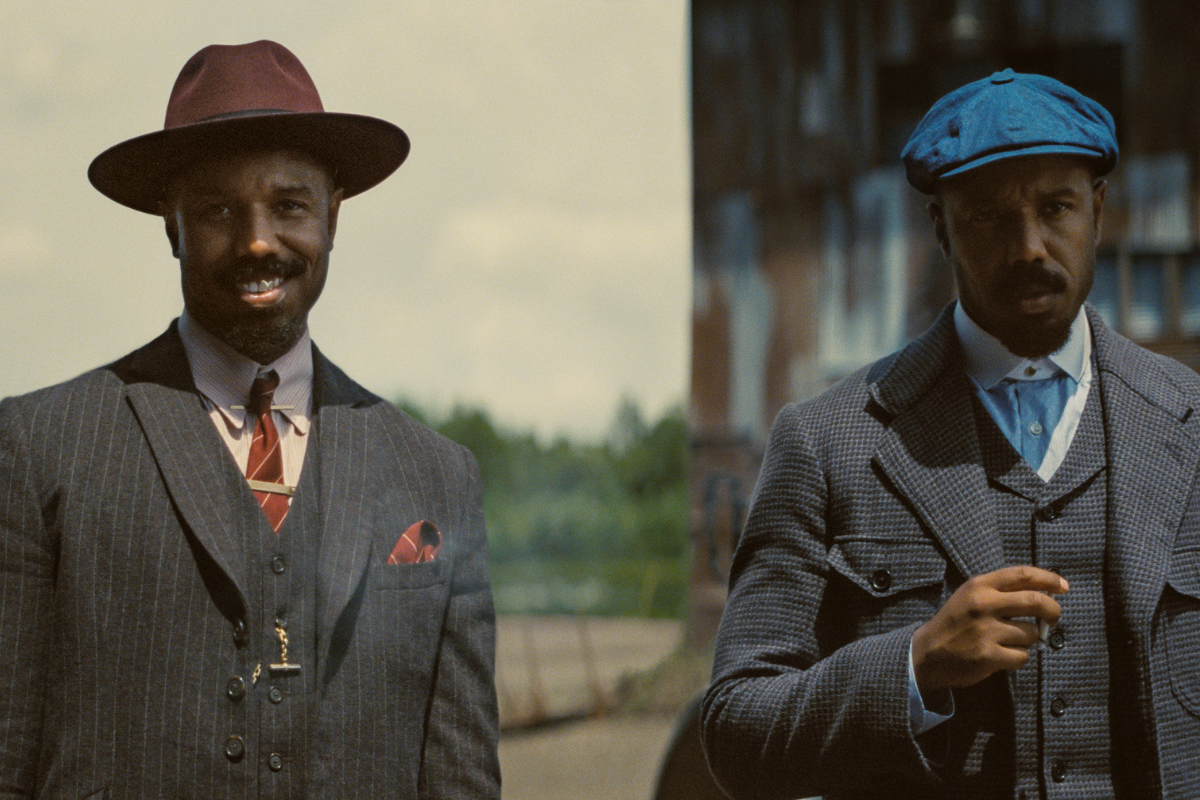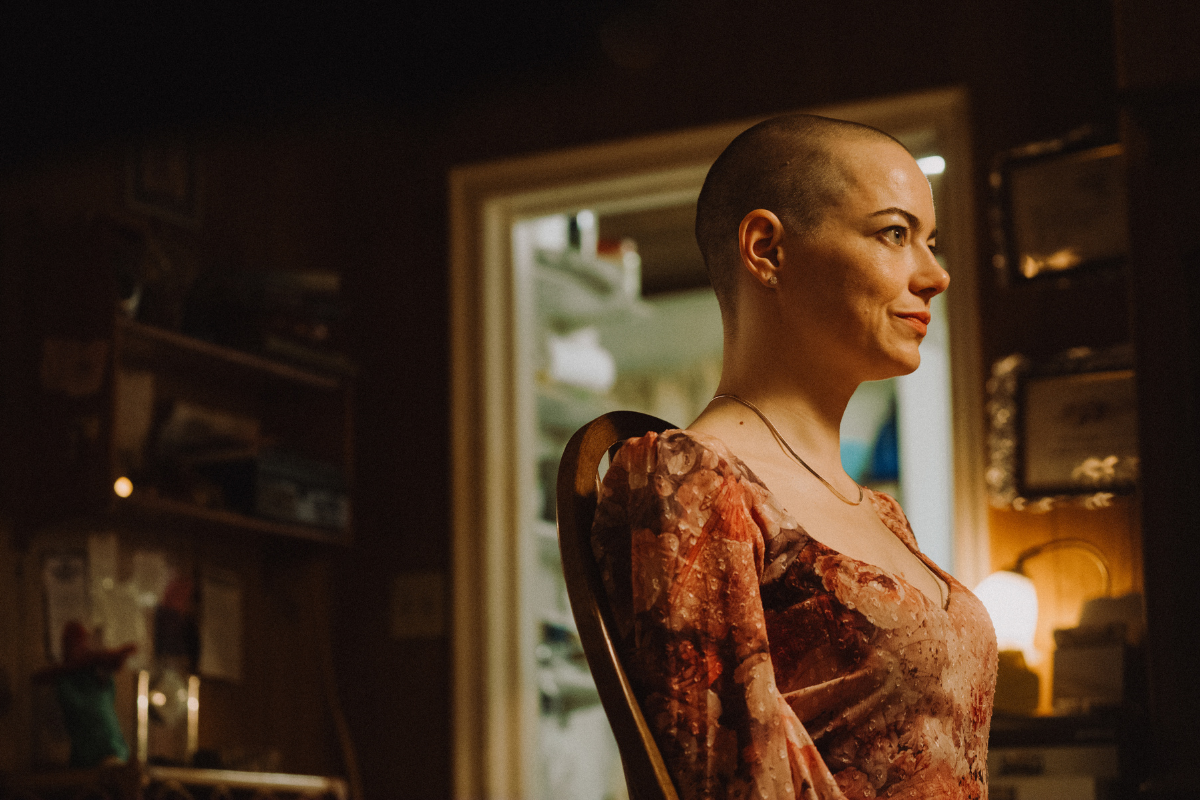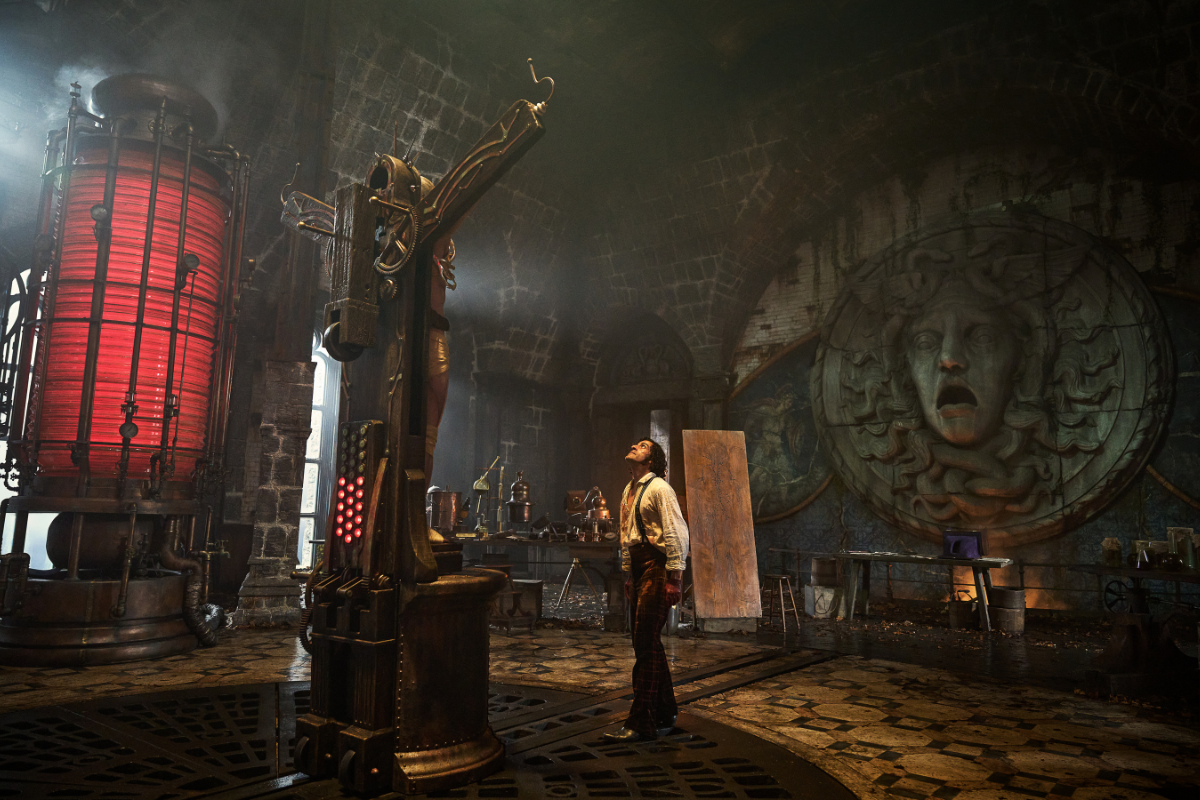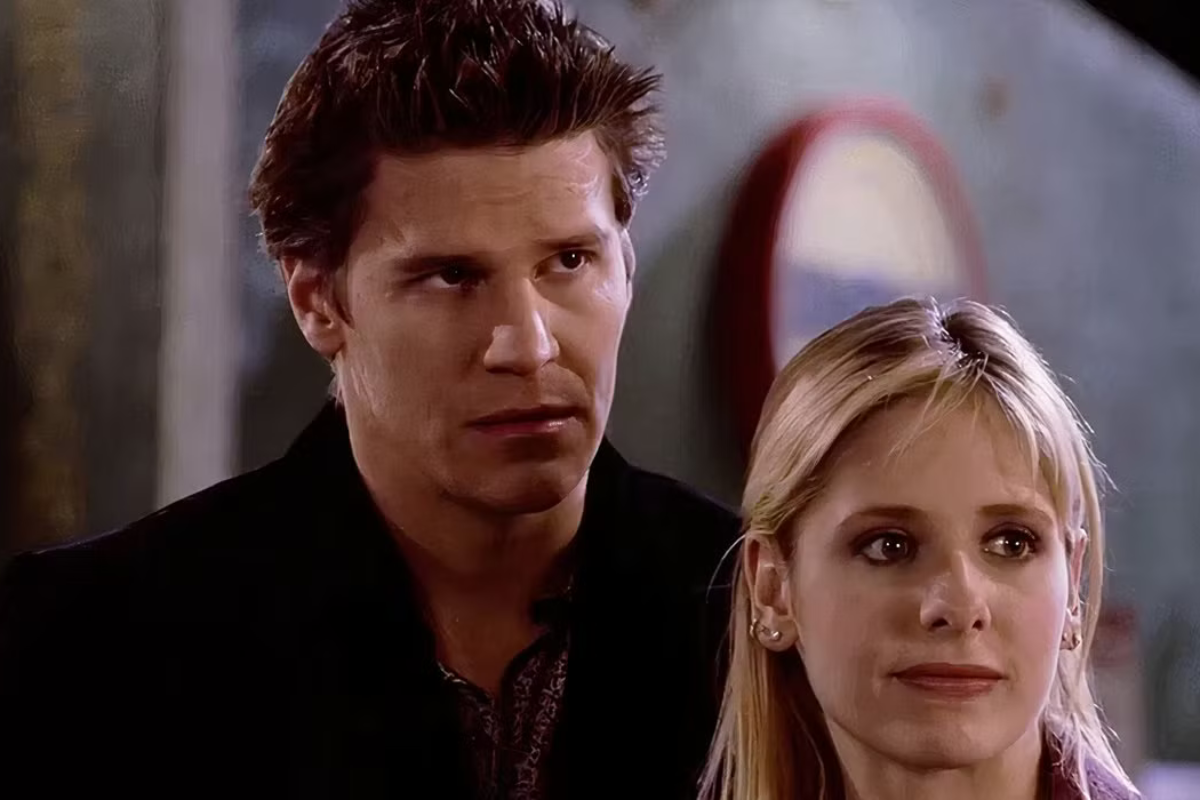Specs & The City: The Meet Cute and ‘When Harry Met Sally’
As a lifelong fan of romantic comedies – from Bringing Up Baby, to Pretty Woman, to Love Actually – I often find myself bemoaning the sorry state in which rom-coms…
As a lifelong fan of romantic comedies – from Bringing Up Baby, to Pretty Woman, to Love Actually – I often find myself bemoaning the sorry state in which rom-coms have come to find themselves. What used to be a time-honored, and hilarious, sub-genre, has been allowed to slowly transform into a color-by-numbers formula. And that formula – attractive actors + unusual job + quirky best friend + a group of people erupting into either song or dance = the next dead-on-arrival rom-com – is so misunderstood and abused that even the genre’s core target audience has started to abandon them.
But all is not lost. The rom-com can be saved, and the best place to start is right at the very beginning. So, let’s take a deeper look at…
The Meet Cute and ‘When Harry Met Sally’
Every genre has their tropes, but none are well known, or as poorly executed, as the "meet cute" in romantic-comedies. For those that might not have heard the term before, the meet cute is simply a plot device; that one event that has to occur before you can get to your real story. Roger Ebert described the meet cute perfectly when he called it a scene "in which somebody runs into somebody else, and then something falls, and the two people began to talk, and their eyes meet and they realize that they are attracted to one another."
The circumstances surrounding the meet cute are sometimes unusual , often contrived, and hopefully funny (though the humor tends to have a direct negative correlation to how contrived and unusual the circumstance are). The outcome can vary greatly as well; sometimes this future couple experience love at first sight, but circumstances keep them apart, and other times they hate each other at first sight. But whatever path they take, the sole purpose of the meet cute remains - to have the two main characters meet so they can fall in love.
For my money, you just don’t get a better modern day rom-com than When Harry Met Sally (unless you count Tootsie as a rom-com, but this is a debate for another time). Nora Ephron’s meditation on life, dating, gender relations, and fake-orgasms works on pretty much every level you can imagine, but it all starts with the meet cute; Harry and Sally meet for the first time in college, where they’re thrown together for an 18-hour road trip where… they hate each other. But Ephron doesn’t stop there. Ephron gives us not one, but two additional meet cutes (are re-meet cute and re-re-meet cute words? If not…Trademark!) between Harry and Sally before we finally settle into the falling in love portion of their story. The real skill here, and it’s how you know you’re seeing a master at work, is the fact that despite basically repeating the meet cute three times in a row, the story doesn’t bog down or feel repetitive.
The main reason for this is that each meet cute is structured brilliantly, containing its own beginning, middle, and end. Each one could be cut out and presented as a short film (Pro Tip: this ability to create strong sequences instead of simply creating strong individual scenes, is one of the key techniques that separates most good screenwriters from great ones), and Ephron changes it up just enough each time to keep us interested and to keep the narrative moving forward. We’re also getting a dose of character development along the way. Harry and Sally are also each in a different place in their lives each time they meet each other and along the way the hate gives way to indifference, and indifference transforms to friendship. By the end of the third meet cute, we understand each character deeply and have a full understanding of exactly why these two are meant to be together (even if they don’t know it yet).
Does that mean every romantic-comedy should have multiple meet cutes? Absolutely not. But what it does illustrate is how a good writer can take a trope that’s vital to the genre they’re working in and bring freshness and originality to it without having to resort to cheap tricks, ridiculous made up careers, or any of the other pitfalls that most modern rom-coms fall into face first.
Now, finish having what she’s having and keep writing!
Related Articles:
- More Spec & The City by Brad Johnson
- Spit Takes: Be a Sadistic Bastard (in Your Comedy Writing)
- Craft: How to Write to Attract a Movie Star
Tools to Help:
Brad Johnson is a screenwriter and producer who has placed in multiple competitions including Final Draft Big Break and the Walt Disney Television Writing Program. He has served as a judge for the Nashville Film Festival and the NYC Midnight Short Screenplay Challenge, and worked as a script consultant through his website, ReadWatchWrite.com. You can follow Brad on Twitter @RWWFilm.







